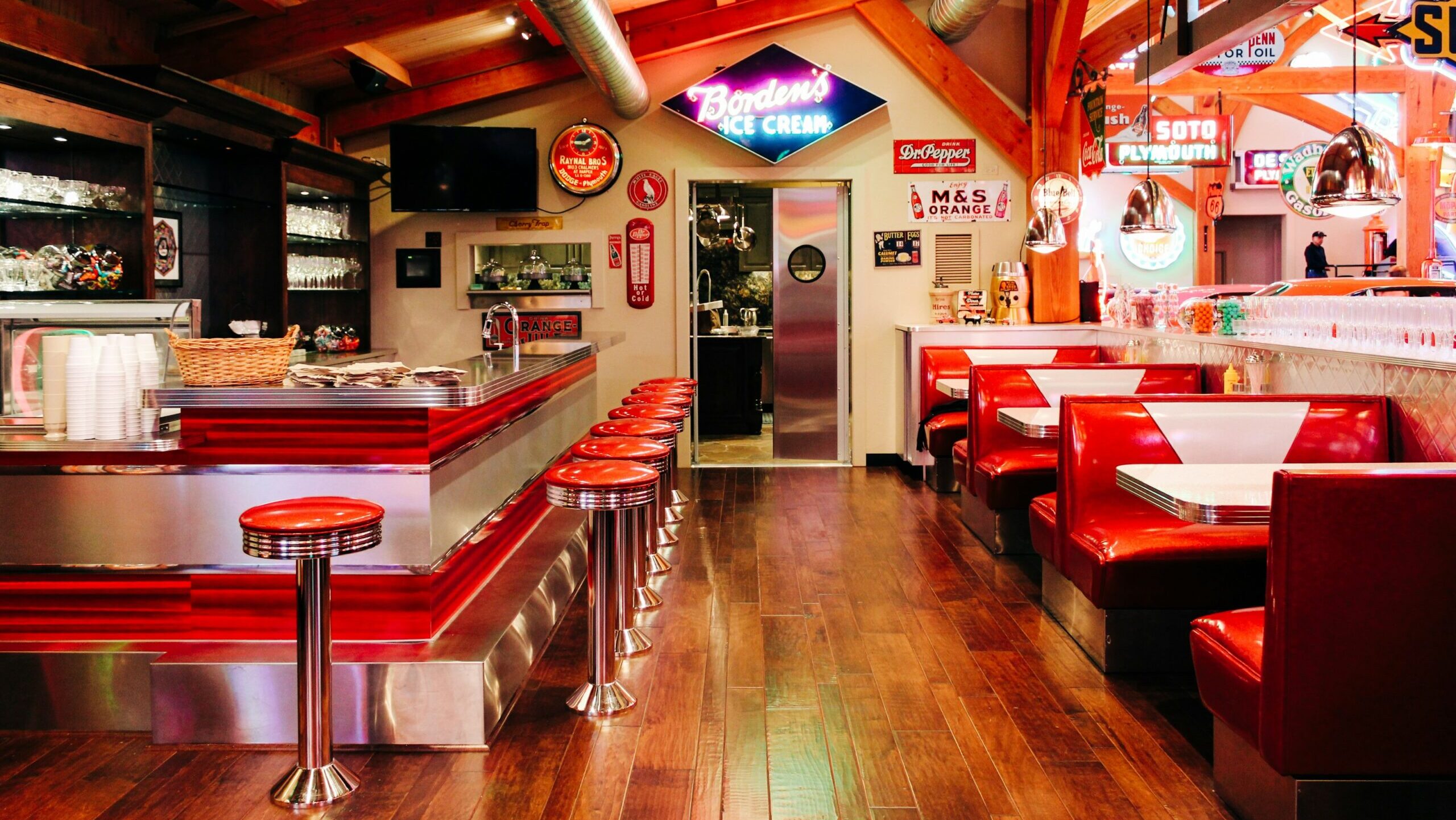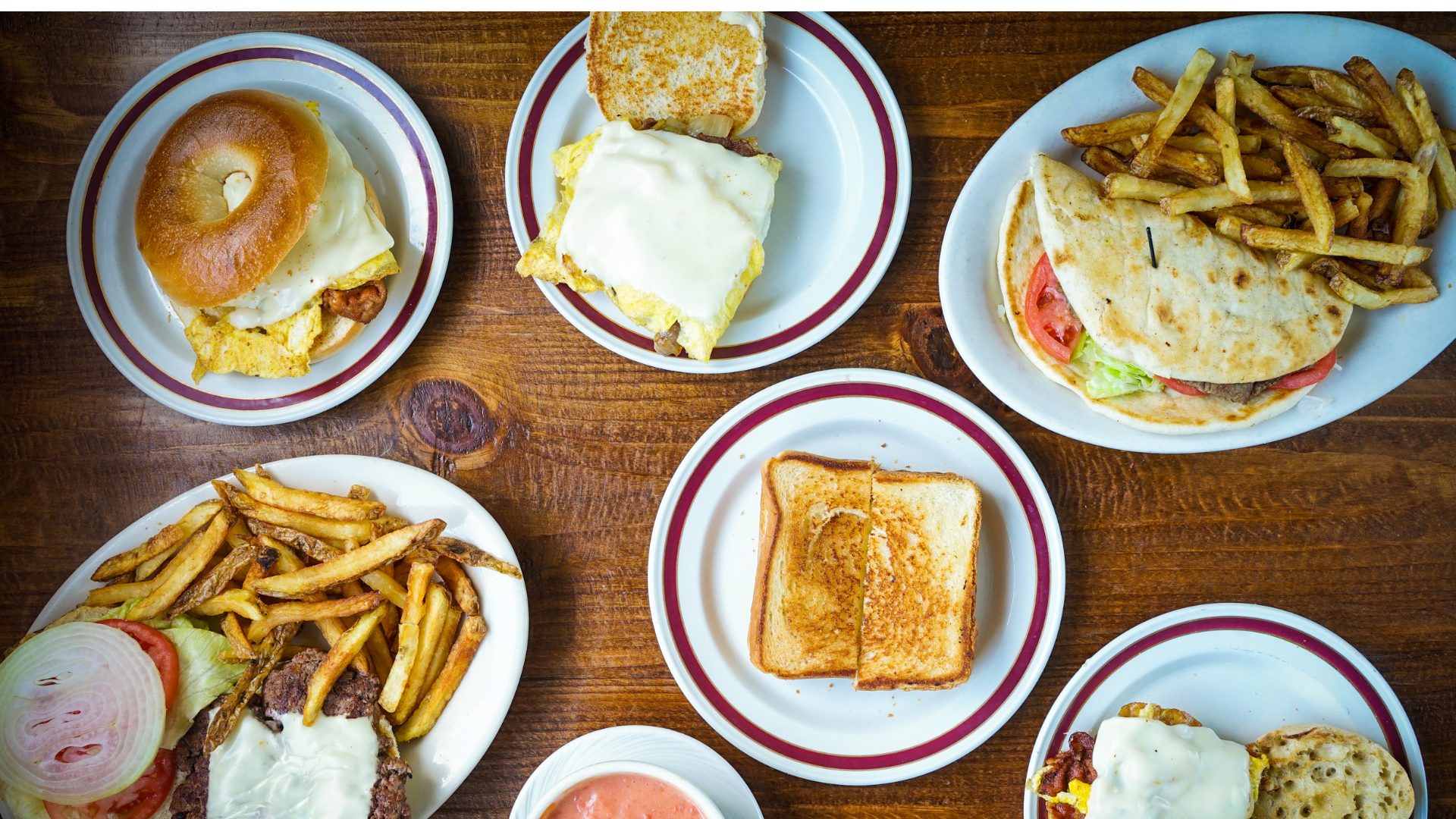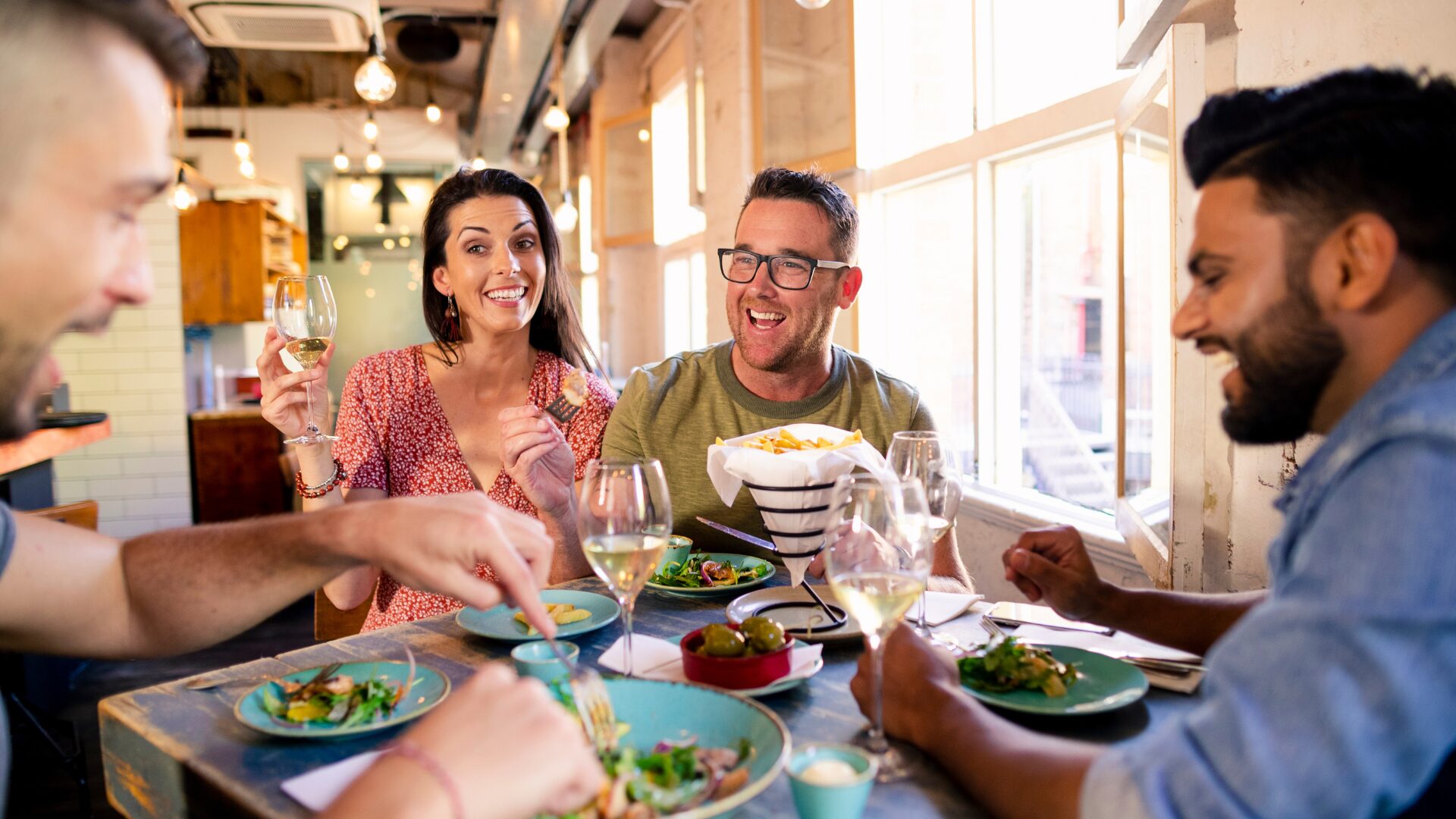The venerable all-night restaurant, open 24/7, helping customers grab a cup of joe to make it through a graveyard shift or a stack of pancakes to soak up a night of excess. Those diners are all but gone, with precious few hanging on.
Blame it on the pandemic.
Yelp data shows the number of 24-hour diners has fallen 18% since 2020. In New York, people in the city that never sleeps lost 13% such operations while the number has fallen 35% in Los Angeles.
“Consumer behaviors have changed post-pandemic. Not only are people not staying out as late, but they’re consuming less alcohol. It was the need to ‘sober up’ that made 24-hour diners so incredibly popular,” registered dietician Dan Gallagher of Aegle Nutrition told The Food Institute.
“As people go home earlier and have less of a need to sober up [these days], 24-hour diners are seeing less traffic.”
In addition, higher labor costs and fewer workers – up 29% and down 1 million, respectively – as well as increased food prices – up 25% – and in some cases, safety concerns, have taken a toll.
“Operationally, the industry is in a different place than it was pre-pandemic,” Hudson Riehle, senior VP of research at the National Restaurant Association, told CNN. “It doesn’t make sense for some of these operators to incur higher costs in traditionally lower sales periods.”
Chains like IHOP and Denny’s have seen a post-pandemic recovery with about half of IHOP and 75% of Denny’s locations back to round-the-clock service.
The demise of the 24-diner is a real shame, said Mimi Nguyen, founder of Cafely, who has fond memories of escaping to a diner for a change of scenery as she poured over business plans.
“Those places were lifesavers when I needed a change of scenery from my apartment and a solid cup of diner brew to keep me going,” Nguyen told FI. “But it wasn’t just about the productivity vibes for me. I have so many fun memories of hitting up diners in the random hours with my girlfriends after nights out on the town.
“The servers who worked obscure shifts always provided the best peepshows of characters rolling through, too. You’d get construction guys still covered in drywall dust, dazed club kids coming down from who knows what, insomniacs in pajamas parked at the counter all night – a fantastic cross-section of humanity bonding over bad coffee and looking rough as hell.”
Justin Goldsberry, whose family has been in farming and restaurants for more than a century and who started working the grill at the family convenience store in North Carolina when he was just 11, noted 24-hour diners need a significant workforce, and it’s getting harder to recruit.
“Additionally, people are eating earlier, and changes in how people spend their evenings have resulted in towns and cities being quieter during the early morning hours, with fewer people looking for places to eat late at night,” Goldsberry said. “Given these challenges and trends in the restaurant industry, it’s crucial for restaurants to embrace innovation and adjust their strategies to align with shifting consumer demands.”
The Food Institute Podcast
From lattes to chicken sandwiches to desserts, it seems every restaurant is hopping on the limited-time offer (LTO) craze to drive traffic and check growth. But is this really having the desired effect? Datassential vice president of sales Megan Lynberg discusses the historical data on LTOs, popular LTO items, and other strategies companies are using to inspire growth.











